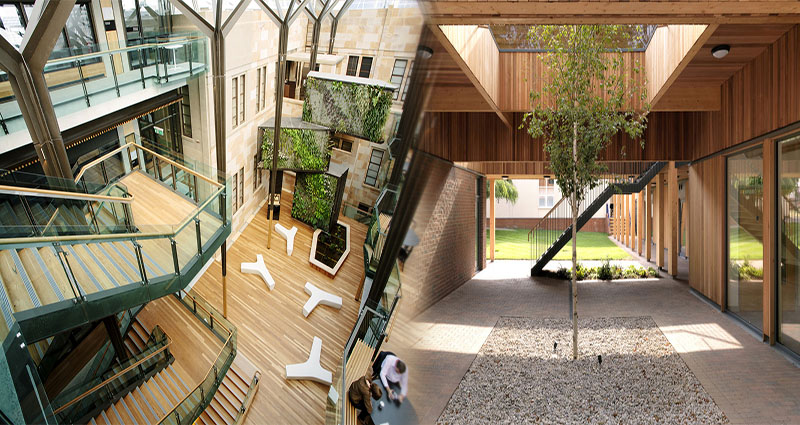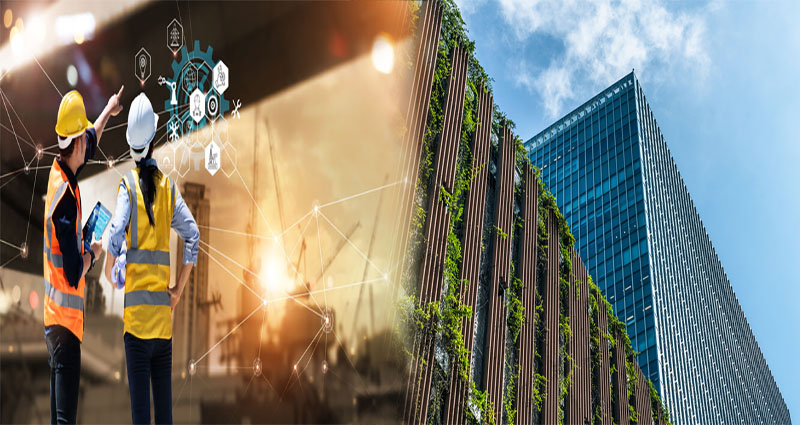Passive Solar Building Strategies for Eco-Friendly Architecture
In the pursuit of sustainable and eco-friendly architecture, passive solar building strategies have gained significant attention. These design strategies harness the power of the sun to provide comfortable indoor conditions while minimizing reliance on artificial heating and cooling systems. By incorporating passive solar principles into building design, architects and engineers can create energy-efficient and environmentally-friendly structures. Let’s explore some of the key passive solar building strategies that are shaping the future of eco-friendly architecture.
1. Orientation and Site Selection
One of the fundamental principles of passive solar design is orienting the building in a way that maximizes solar gain. By placing the main living areas and windows facing the sun, buildings can capture sunlight during the winter months to naturally warm the interior spaces. Additionally, choosing sites with minimal obstructions, such as tall buildings or trees, ensures maximum exposure to direct sunlight.
2. Building Envelope Design
The design of the … READ MORE ...












